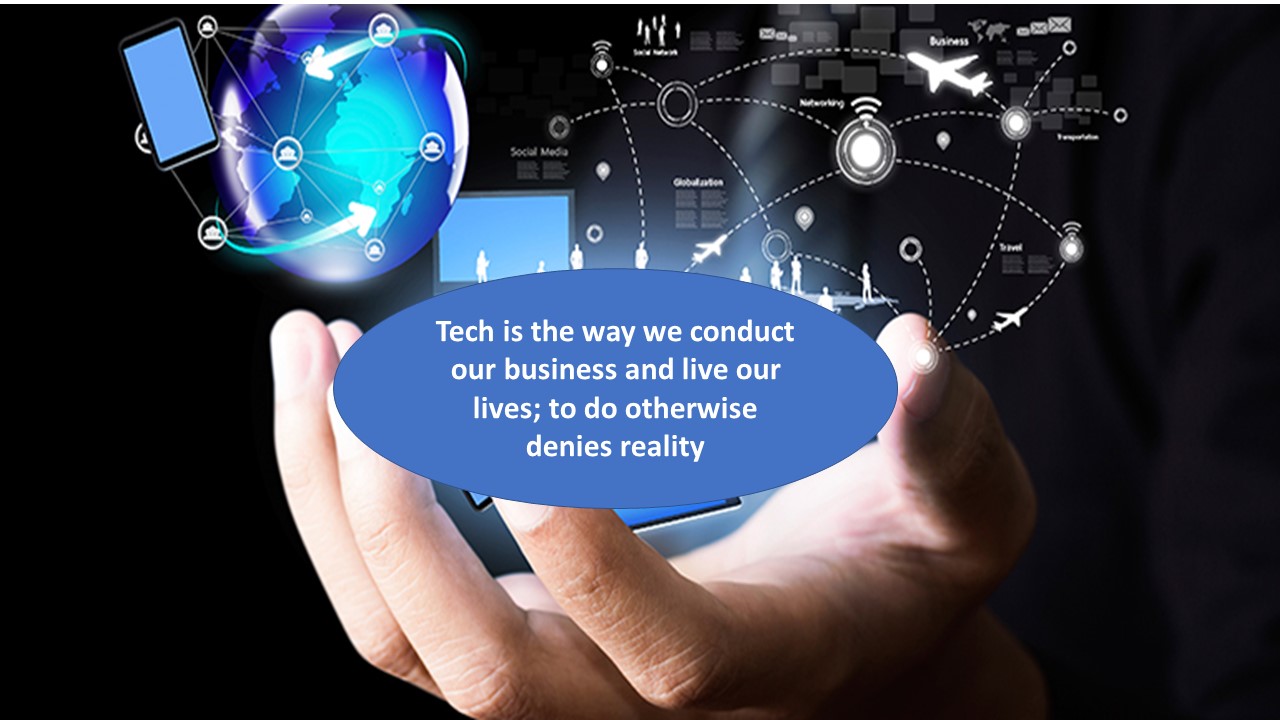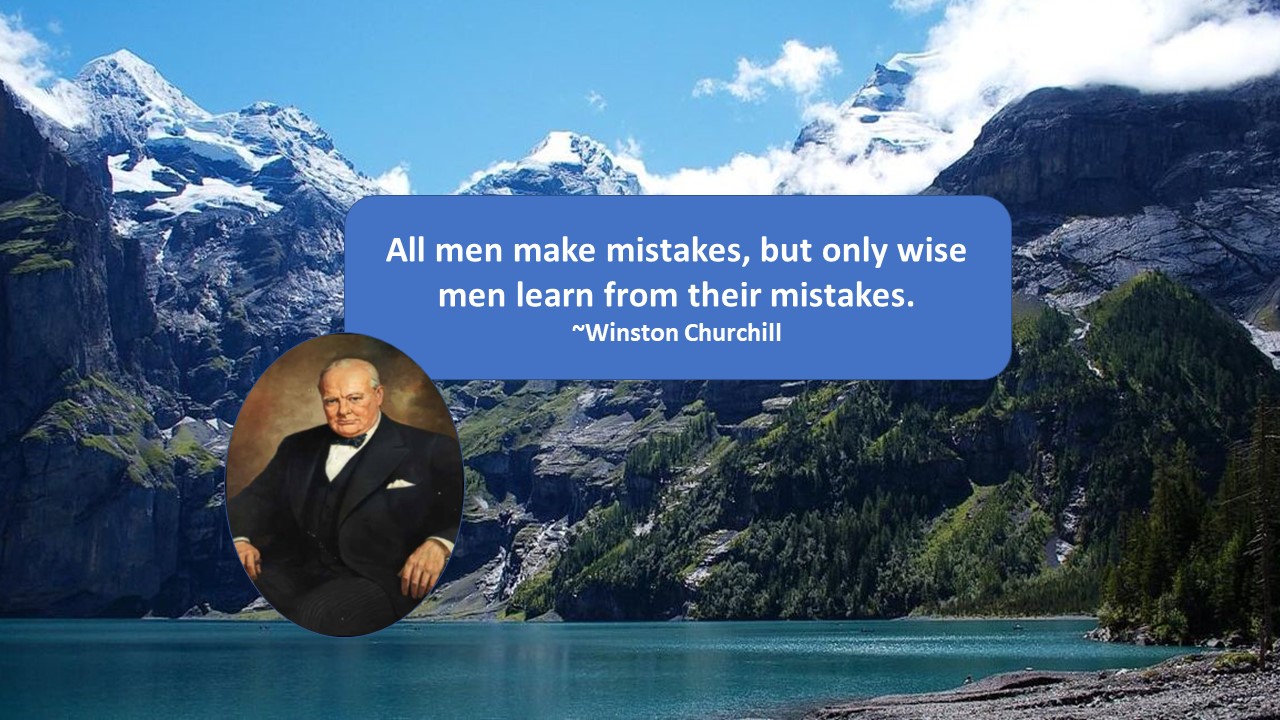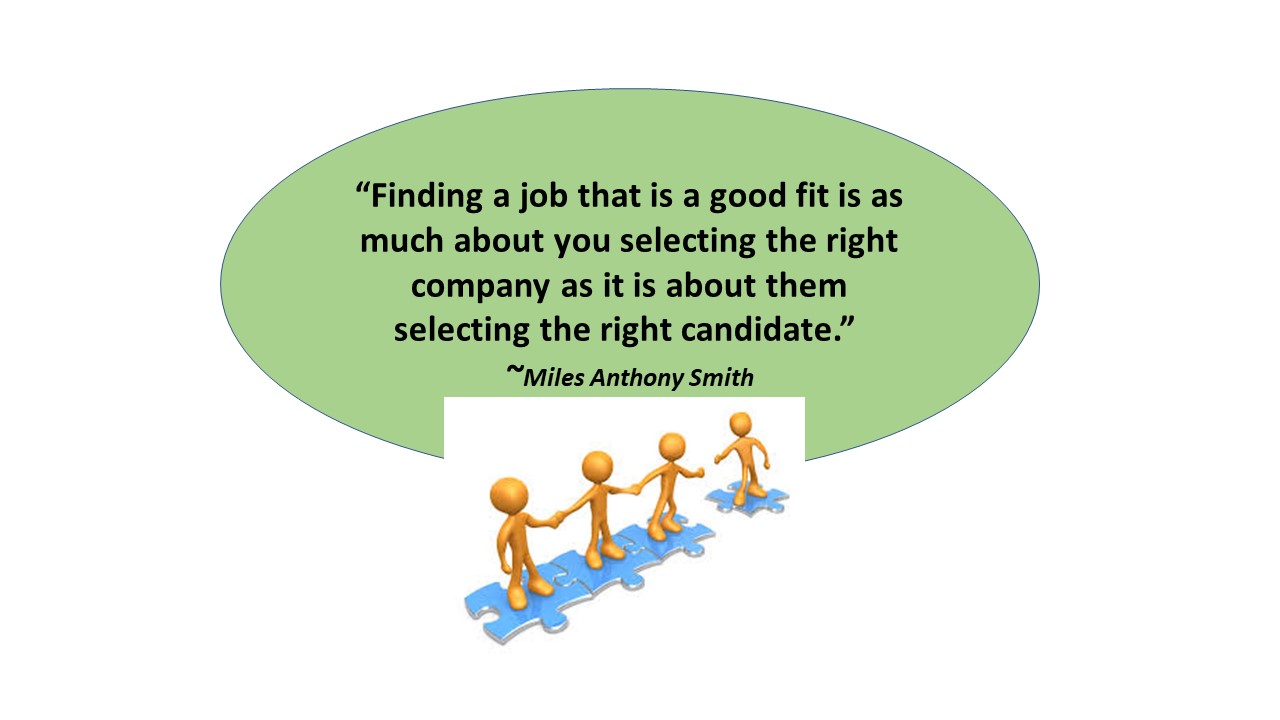By Thomas Davis, CRNA, MAE, Lt. Col. (ret)
My bicycle and I have been together for over a decade and many American and European miles have rolled under the wheels. This professional grade aluminum specialized workhorse is my source of daily transportation to and from work as well as my weekend recreation partner and we know each other very well. Over the past few months, the back wheel developed a wobble and the shifter lost its crispness; and finally, it would not shift into two of the gears. Our relationship was becoming strained and my specialized Wunderkind needed to be rejuvenated. A trip to the bike shop restored the function of my bicycle by replacing the shifter cables, giving it a good C&L (clean and lubricate) and mounting a newly trued back wheel, without the wobble. Two resources – time and effort – infused life into the bike and now it works like new.
Many leaders have a long-standing personal relationship with their team similar to the one I have with my bike; however, like my bike the team may be losing its crispness and failing to function as it once did. Investing a little time and effort to rejuvenate your team will restore your relationship, bring the wheels back into alignment, and improve the productivity of the group.
Writing in Psychology Today, author Robert Taibbi identifies three reasons that cause relationships to go stale over time; avoidance of conflict, work-centered relationships and work behavior that is based on routine. The combination of the three factors creates a safe, secure and boring place to work where expectations are met however creativity and self-motivation are not rewarded. Over time, workers resort to robotic performance of familiar tasks and lose the desire to excel; like my bike, the crispness is gone.
Shanking up the status quo and infusing energy into your team by re-defining your relationship with them starts with you. As the leader, you create the environment and establish the energy level of the workplace. Start your team renewal project by entering the workplace every day with pep in your step and a smile on your face and watch your team respond in kind by picking up the pace. Once you have established a higher energy level, the stage is set for a team tune-up. Continuing with his Psychology today article, Robert offers several suggestions for adding a spark to a relationship that is losing its luster. Although the article is about marriage relationships, the concepts that he presents can be used to re-ignite your relationship everybody around you, including your team.
Talk about the obvious
A new leader joins a team, makes observations, and asks, “Why do we do it that way?” In a few short months, the same leader looks at the same workflow and says, “That’s just the way we do it.” The first step toward rejuvenation of your team involves looking at the current level of performance and once again asking, “why do we do it that way?” Open a dialogue with your team and openly share your observations about areas where your team has become complacent. In an upbeat and positive manner, solicit feedback about the team’s reaction to your observations and welcome each person discuss areas where they feel the team could be performing better. Focus on team strengths and build a consensus regarding actions that the team will take in the future to address the areas where the status quo is not creating peak performance.
Find common interests
Being members of the same team creates a common interest however it does not inspire and motivate individuals to develop friendships or to increase collaboration in the workplace. Encourage team members to find common interests beyond the job and develop friendships that transcend the 7-3 work shift. Every member of your team, including you, are unique people and have personal stories to tell. Plan social time into your work day and value the time team members spend in the break room learning about special interests of their team mates. Plan a quarterly social hour and include a few events every year that include families and friends of the workers on your team. As team members take a personal interest in one another, collaboration and creativity increase producing a win/win for both the employer and the employee.
Create a vision
Teams are the happiest and most productive when they are working toward a common goal and sense that they are making progress. Take the time to create a vision and share it with your group. Alter your workflow to enable the achievement of the goal and then be liberal with compliments and thank you’s to show appreciation. A new vision shakes up the status quo and upsets the monotony of the daily work schedule. Working toward a new vision is much more stimulating and rewarding than just showing up and working.
Make relationships a priority
The Gallup Q12 employee engagement survey documents the importance of relationships in the workplace as evidenced by questions 4, 5, 7, 8, and 11 all of which explore workers connection to their boss as well as their co-workers. Leaders of the most highly engaged teams of workers have learned the importance of building relationships and exude the attitude that there are no unimportant jobs or people in the organization. Get to know your team members one on one and learn things about them that make them tick on a personal level and inspire them to achieve greater goals. The time you invest in relationships will pay huge dividends as your team experiences rejuvenation.
My bicycle was performing poorly which strained our relationship and detracted from the pleasure of my morning commute to work. Time, effort and some money corrected the problem and restored our relationship. If your team is not firing on all cylinders or not working at peak performance, it doesn’t mean that they need to be traded in for a new model; you don’t sell a car because it needs new tires and a battery, nor do you throw away a bicycle because cables are frayed. Make a commitment to rejuvenate your relationship with the team and guide them to emerge stronger than ever. Identify areas for improvement, challenge your team to leverage common interests and transform your workplace into a welcoming environment where people feel as if they are valued.
Thomas Davis is a noted leader, educator, speaker and clinical anesthetist.







